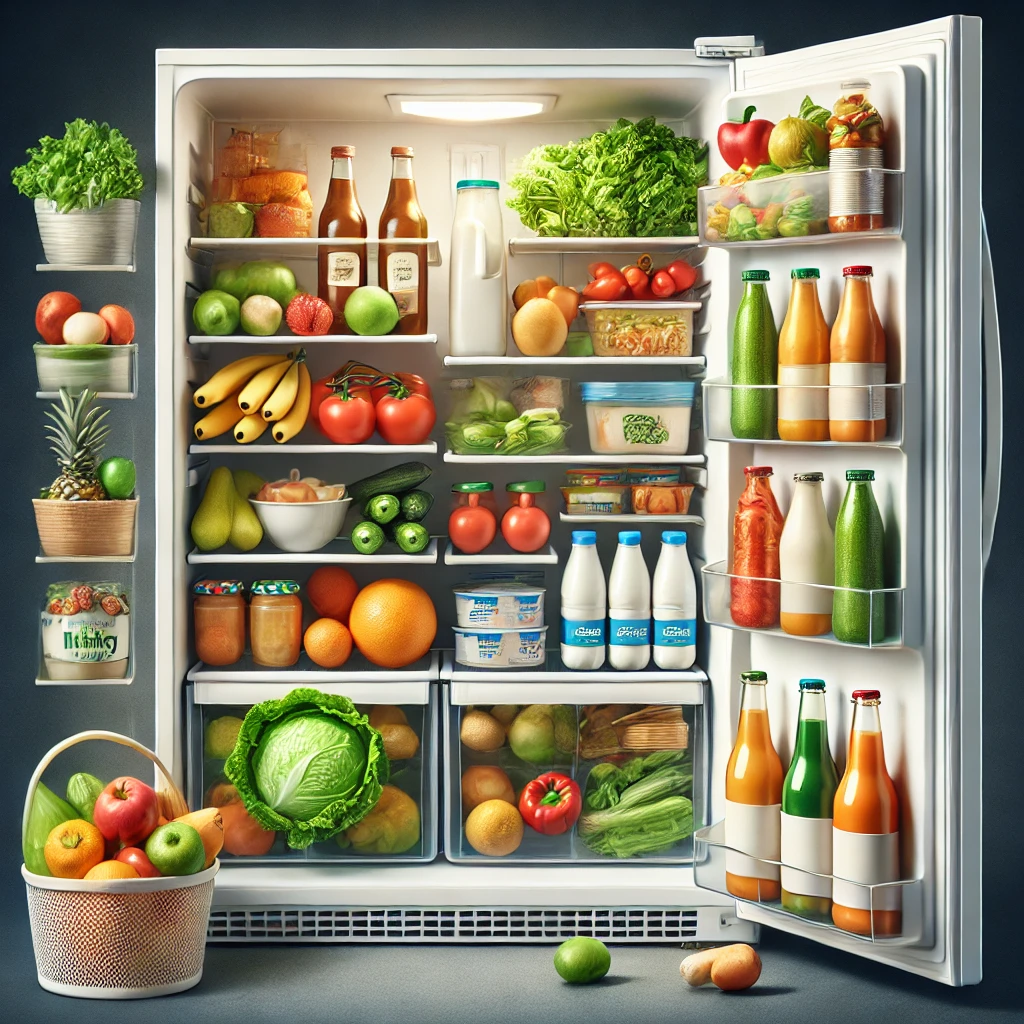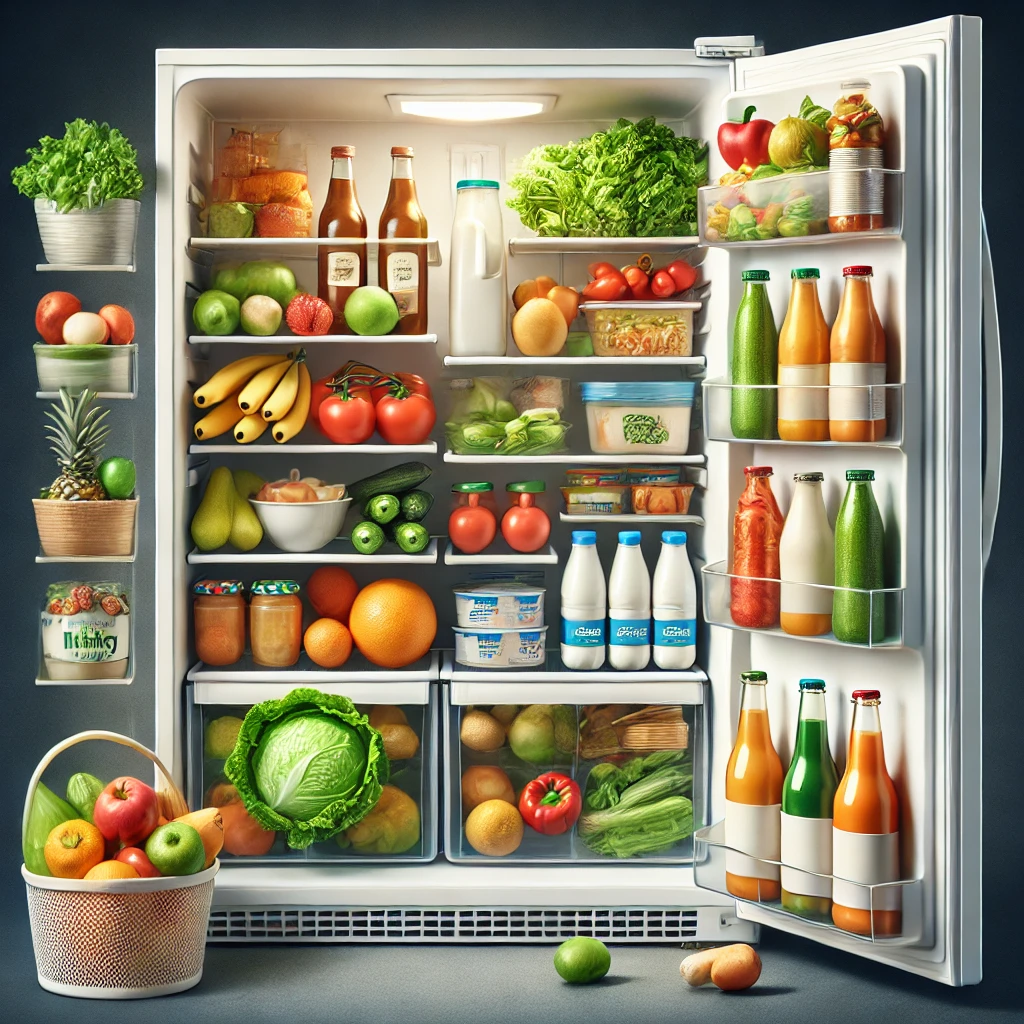How to Organize Your Refrigerator to Reduce Food Waste

Reducing food waste is not only beneficial for the environment but also helps you save money and keep your household running efficiently. One of the most effective ways to minimize food waste is by organizing your refrigerator. A well-organized fridge ensures that food stays fresh longer and is easy to find, making it less likely for items to go unnoticed and spoil. In this article, we’ll guide you through practical steps to optimize your refrigerator and adopt sustainable habits for managing your food.
Why Organizing Your Refrigerator Matters
The average household wastes a significant amount of food each year, much of which is due to improper storage or forgetting what’s inside the refrigerator. Organizing your fridge can have several benefits, including:
- Prolonging the shelf life of your groceries.
- Making meal planning and preparation more efficient.
- Reducing unnecessary grocery expenses.
- Contributing to environmental sustainability by reducing waste.
Steps to Organize Your Refrigerator
1. Clean Out Your Fridge
Start by emptying your refrigerator and cleaning the shelves and drawers. Discard any spoiled or expired items, and take note of items that need to be used soon.
2. Categorize Your Food
Group similar items together, such as fruits, vegetables, dairy products, meats, and condiments. This makes it easier to find what you need and keeps your fridge tidy.
3. Use Clear Containers
Invest in clear, airtight containers to store leftovers and prepped ingredients. Clear containers allow you to see what’s inside, reducing the chances of forgetting about food.
4. Label and Date Items
Label all containers and food items with their contents and the date they were stored. This simple habit helps you track freshness and avoid wasting food.
5. Store Food in the Right Zones
Most refrigerators have specific zones for different types of food. Follow these guidelines to maximize freshness:
- Top Shelf: Ready-to-eat foods like leftovers and drinks.
- Middle Shelves: Dairy products and eggs.
- Bottom Shelf: Raw meats and fish (store in sealed containers to prevent cross-contamination).
- Crisper Drawers: Fruits and vegetables (keep separate to prevent ethylene gas from spoiling certain produce).
6. Adopt a “First In, First Out” Rule
When adding new groceries, place older items in front so they get used first. This practice ensures that nothing gets overlooked and wasted.
7. Regularly Check Your Inventory
Make it a habit to check your fridge’s contents before grocery shopping. This prevents overbuying and keeps your stock in balance.
Tips for Maintaining an Organized Fridge
Once your refrigerator is organized, it’s important to maintain it. Here are some additional tips:
- Set a reminder to clean your fridge monthly.
- Use fridge-friendly organizers, such as bins and dividers, to keep items in place.
- Adjust your fridge temperature to the ideal setting (around 37°F or 3°C) to keep food fresh longer.
Conclusion
Organizing your refrigerator is a simple yet impactful way to reduce food waste and improve your daily life. By following these steps and tips, you can create a sustainable and efficient system for managing your food. Not only will you save money and reduce your environmental footprint, but you’ll also enjoy the satisfaction of a clean and functional kitchen.
Start today and experience the difference that an organized fridge can make in your home!


